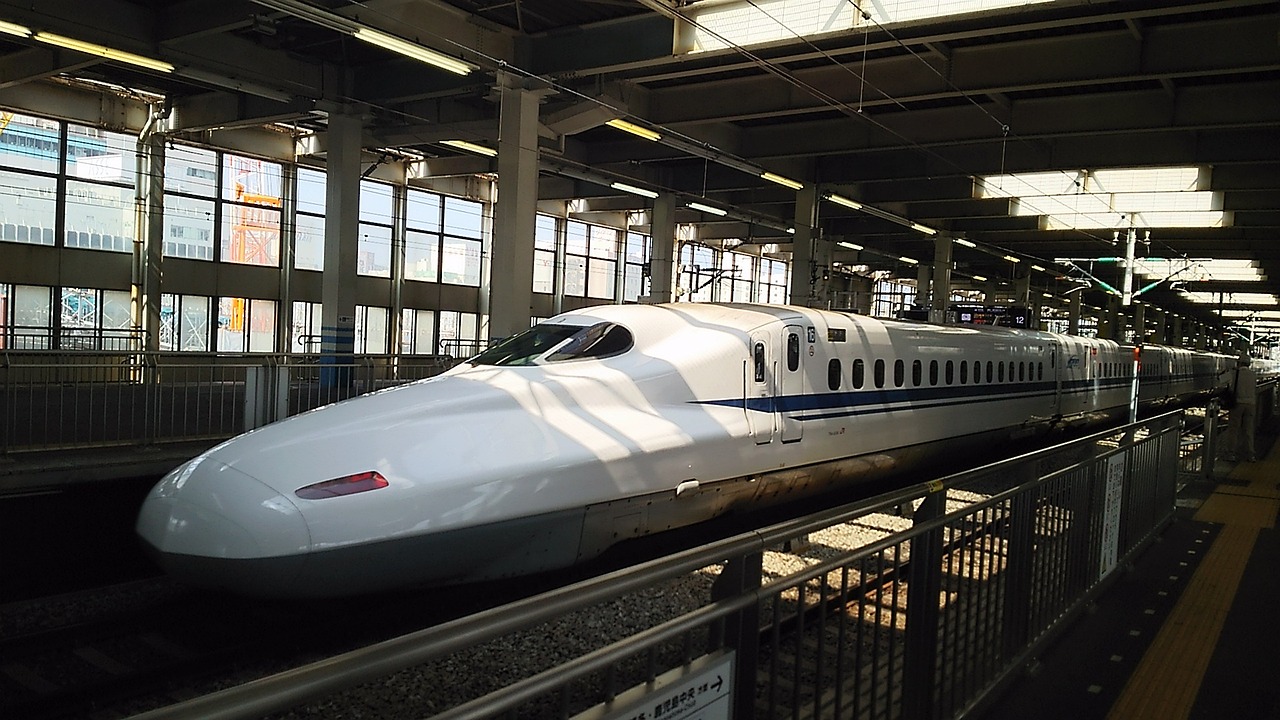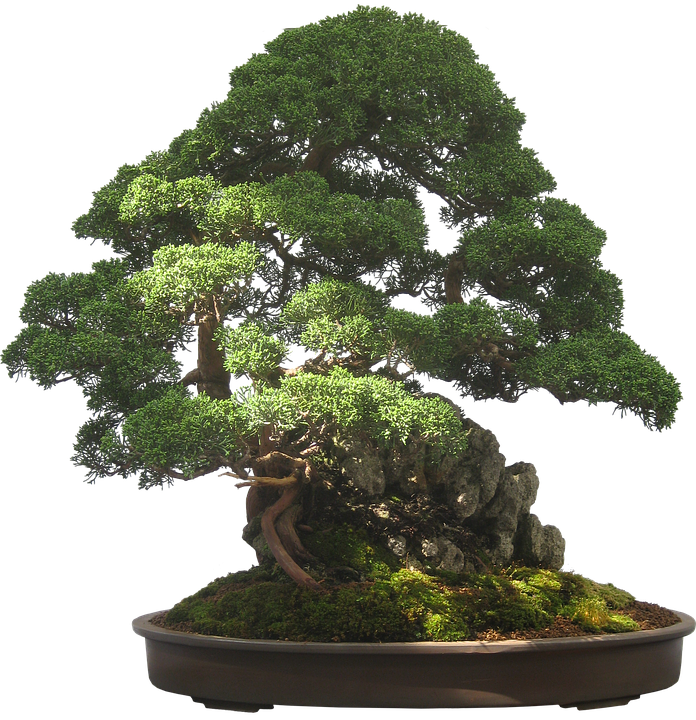Saitama is a city located about thirty minutes by railway from downtown Tokyo. The capital city of Saitama Prefecture, it is home to more than 1.2 million people, making it the prefecture’s most populous metropolis. It is a fairly new city, only founded in 2001, and it includes the former cities of Omiya, Iwatsuki, Urawa, and Yono.
How To Get to Saitama
Every day, Saitama handles multiple Shinkansen and regular train routes to and from Tokyo and other Japanese cities.
Saitama’s Omiya Station serves as the area’s railway and Shinkansen hub. Via the JR Tokaido Shinkansen line, it is about a 25-minute ride away from Tokyo Station. By regular trains, via the JR Takasaki line, the JR Utsunomiya line, the JR Shonan-Shinjuku line, or the JR Saikyo line, the travel takes around 30 minutes.
Top Attractions in Saitama
Railway Museum

Opened in 2007, the Railway Museum in Saitama is a highly recommended place to visit to those who love trains. Managed by the East Japan Railway Culture Foundation, it features a wide array of actual railway cars, electric railcars, diesel railcars, freight vehicles, and imperial carriages; miniature trains and dioramas; and photo and video booths with presentations that tell the history of the Japanese railway system.
In addition, it offers a driving simulation experience that let guests try what it is like to drive a Shinkansen, a D51 steam locomotive, and the Tokaido Line trains.
The building also has a cafeteria, a souvenir shop, a multi-purpose hall, a research room, a rooftop garden, and a gallery balcony.
To get there from Tokyo, get on a train or Shinkansen to Omiya Station. Transfer to the New Shuttle, and get off at Tetsudo Hakubutsukan Station, which is right next to the museum.
Find out more about the Railway Museum’s exhibits, operating hours, ticket prices, and more on the Railway Museum’s official website.
Hikawa Shrine
Founded in 473 BC, Hikawa Shrine is a Shinto Shrine found in Saitama’s Omiya ward. It is made up of a main hall, a maiden dance stage, and a praying hall. Its grounds also include several auxiliary buildings and secondary shrines, a spacious park that grows lots of sakura trees, a museum, and a zoo.
Every New Year’s Day, the shrine becomes one of Japan’s most visited shrines, as people flock to it for hatsumode, or the first visit to a Shinto shrine on the New Year.
Hikawa Shrine is about 20 to 30 minutes on foot from Omiya Station. Alternatively, you can take the Tobu Noda Line from Omiya Station to Kita Omiya Station, and then walk about ten minutes.
Saitama Prefectural Museum of History and Folklore
For some history lessons on Saitama and other cities in the prefecture, the Saitama Prefectural Museum of History and Folklore boasts of an extensive collection of preserved artefacts from the Jomon Period to the Edo Period.
Moreover, it has paintings, national treasures, and other displays that represent the lifestyles of the locals in the past. From time to time, it also hosts temporary exhibitions that feature a wide variety of themes.
To access the museum, take the Tobu Noda Line from Omiya Station, get off at Omiya Koen Station, and then walk about ten minutes.
Omiya Bonsai Village

The Omiya Bonsai Village is a quaint neighbourhood, not too far from Omiya Station, made up of many bonsai nurseries. It was founded in the early 1920s by some professional bonsai gardeners from Tokyo who were looking for an alternative site to practice their craft, after the 1923 Great Kanto earthquake caused severe damages to their hometowns.
Every year, the village observes the Great Bonsai Festival from May 3 to 5, and welcomes all bonsai enthusiasts from around the country.
In addition to the 10 privately owned bonsai nurseries, the Omiya Bonsai Village also includes the Omiya Bonsai Art Museum that offers art displays, bonsai specimens, and other collections. Opening hours, tickets, and other information are available on Omiya Bonsai Art Museum’s official website.
The attraction is a few minutes’ walk away from either Omiya Koen Station, along the Tobu Noda Line, or Toro Station, along the JR Utsunomiya Line.
Saitama Super Arena
A large, indoor stadium situated in Saitama’s Chuo ward, the Saitama Super Arena is the world’s second largest indoor arena, a multi-purpose facility that can hold up to 37,000 people.
Since its opening in 2000, it has hosted a long list of events, such as professional wrestling matches, basketball and volleyball games, mixed martial arts competitions, and gymnastics; as well as musical shows and concerts by local artists, like Spyair, AKB48, Babymetal, One Ok Rock, and Vamps, and international musicians, such as Lady Gaga, Madonna, Mariah Carey, Beyonce, Metallica, EXO, One Direction, and Taylor Swift.
It served as the venue of the final round of the Basketball World Championship in 2006, and is currently a home arena of the Saitama Broncos, a professional men’s basketball team in the Japan Professional Basketball League.
The Saitama Super Arena is a short walk away from Kita-Yono Station, along the JR East Saikyo Line, or the Saitama-Shintoshin Station, along the JR East Keihin-Tohoku Line, Utsunomiya Line, and Takasaki Line.
Getting Around Saitama
The best way to access the different tourist spots and attractions in Saitama is by railway, as the city is served by many train lines that link the various points of interests conveniently.
From Omiya Station, which is Saitama’s railway hub, you can catch a JR or private line to get to your destination in a matter of minutes.
Alternatively, you can explore the city on foot, as many of these attractions are situated a pleasant walking distance away from Omiya Station.
Weather in Saitama
In winter, Saitama is cool and dry, with daily temperatures around 5 to 10 degrees Celsius. Once April kicks in, temperatures rise to about 15 degrees, with a few rainy days here and there. From June to September, the days are usually hot, humid, and wet, as the temperatures get to the low 30s, and rainy days become more frequent, most notably in August and September. In autumn, daily temperatures dip to 15 degrees once again, with fewer rainy days.
